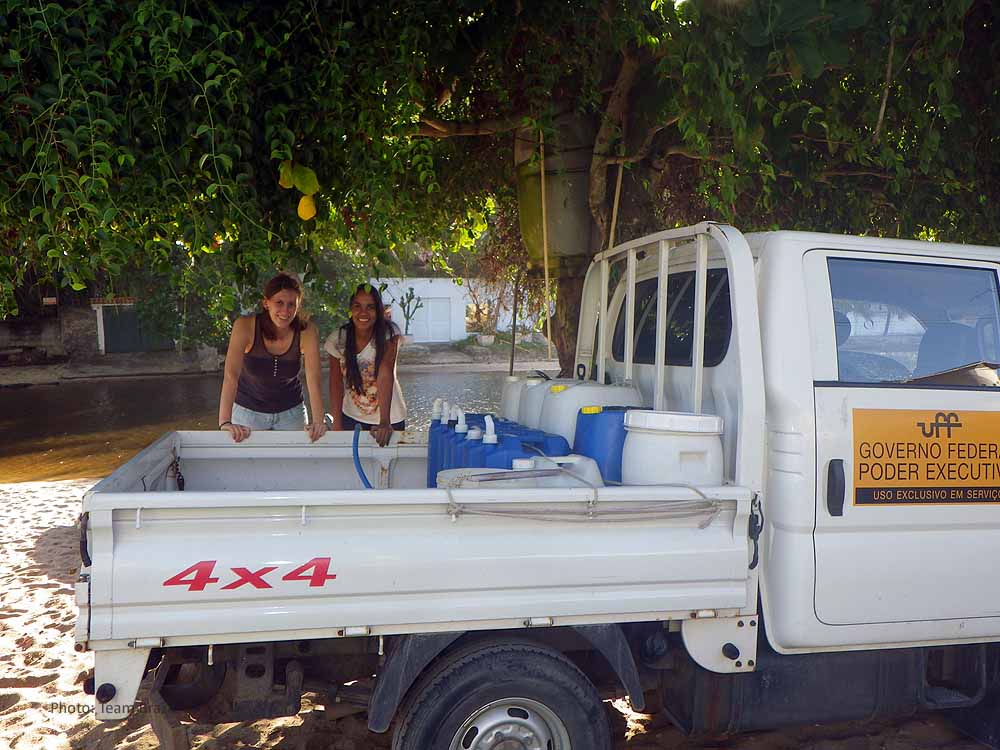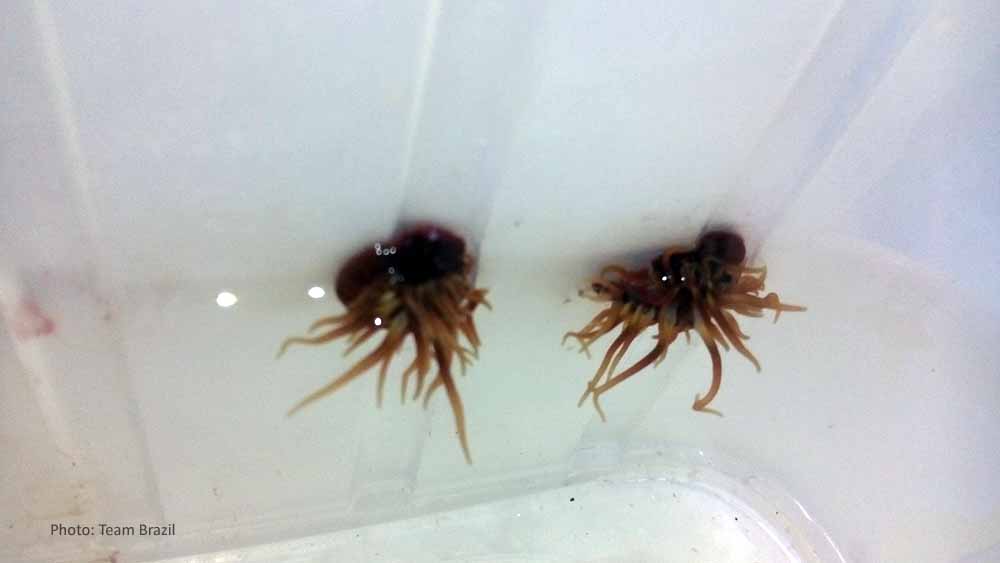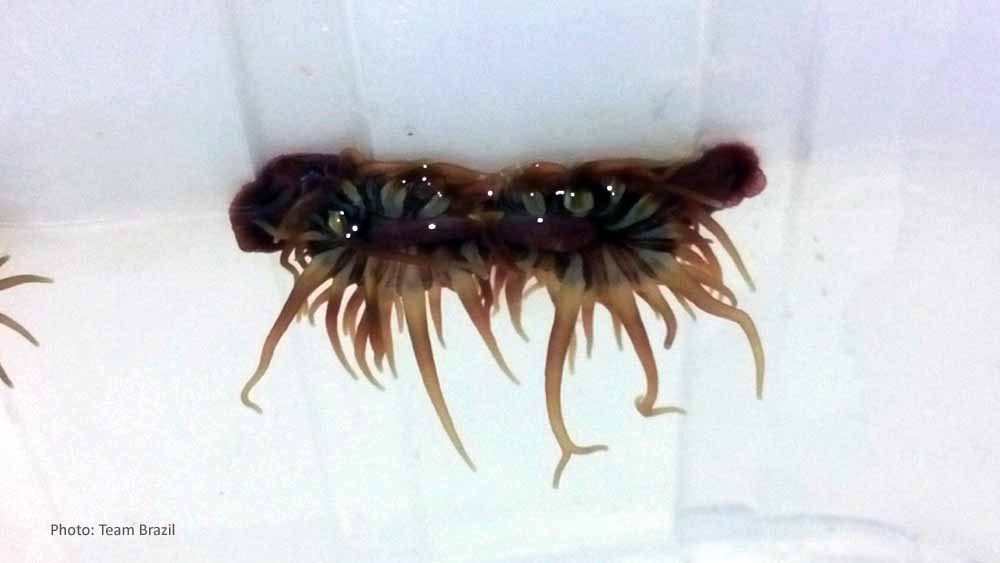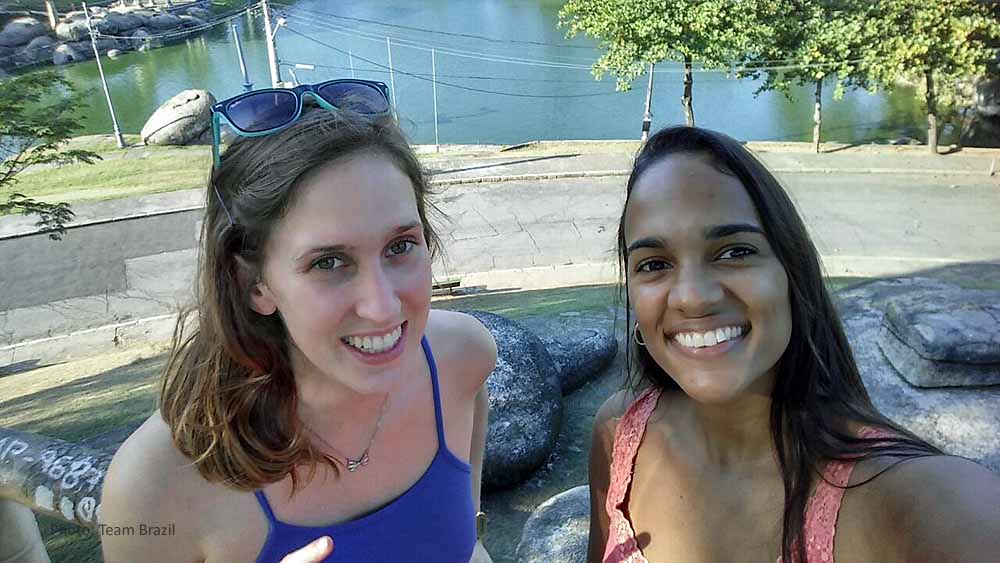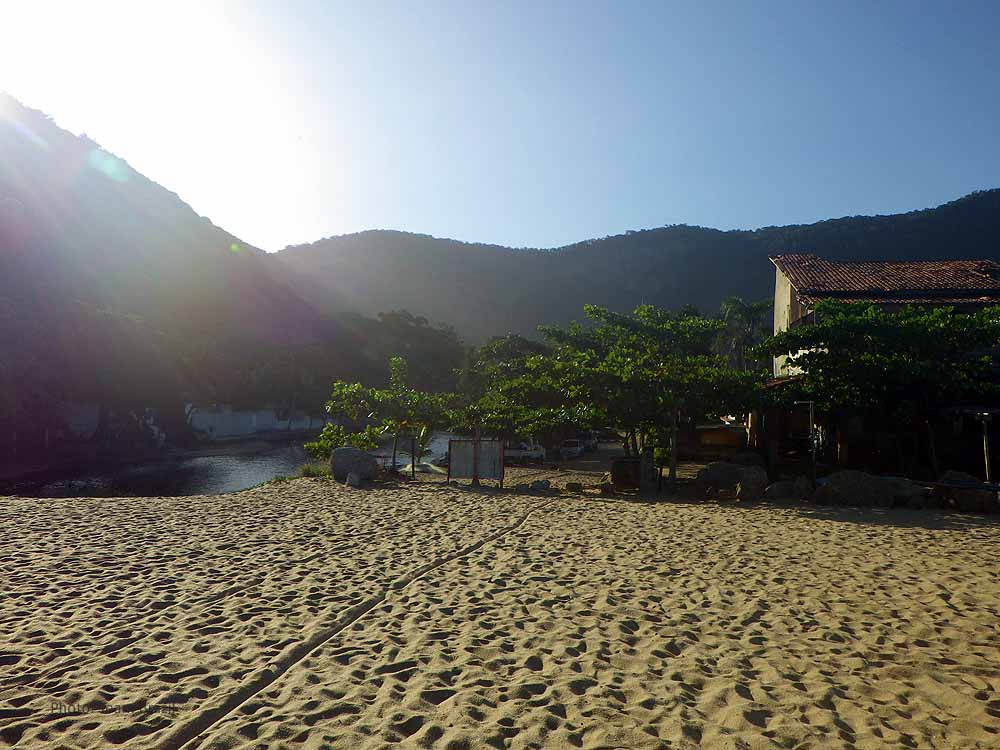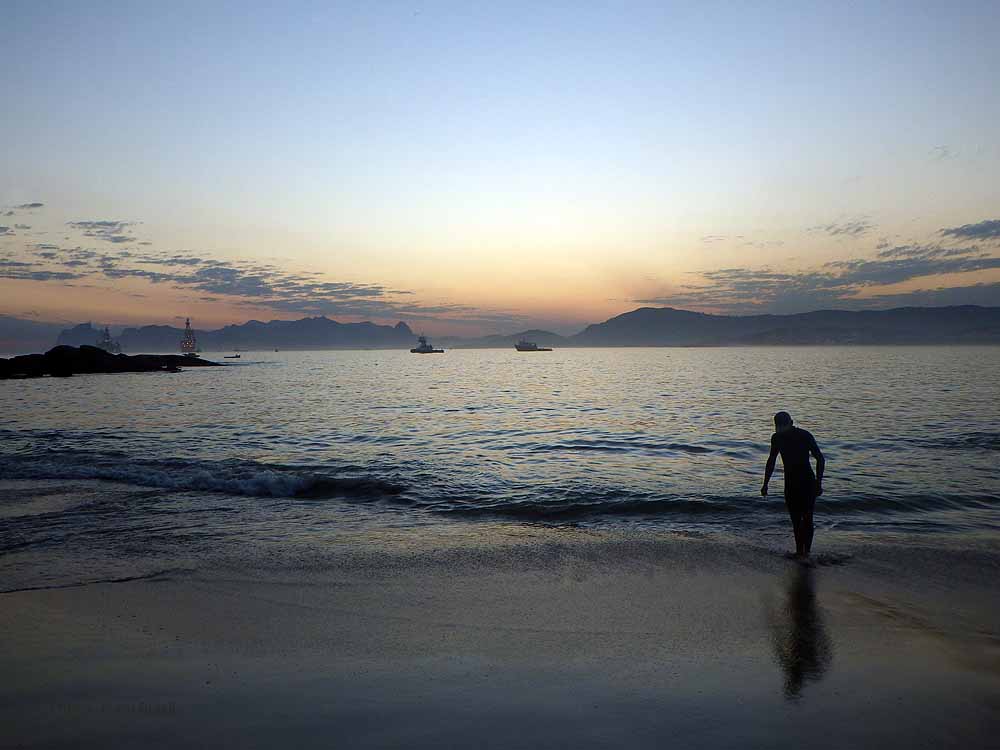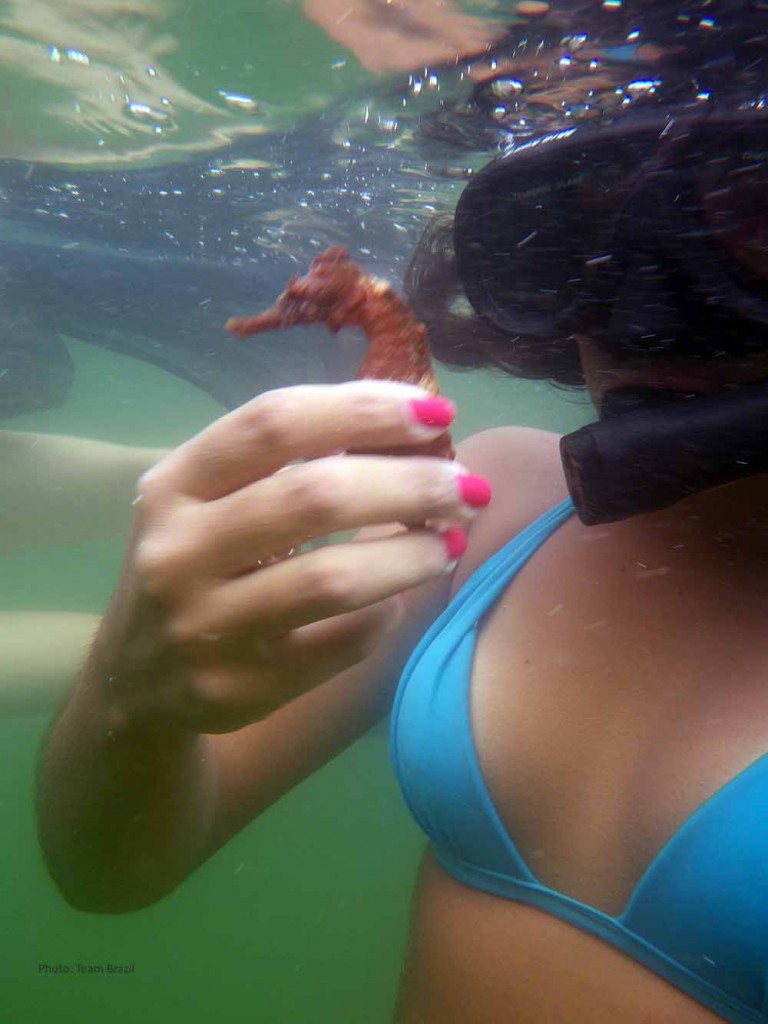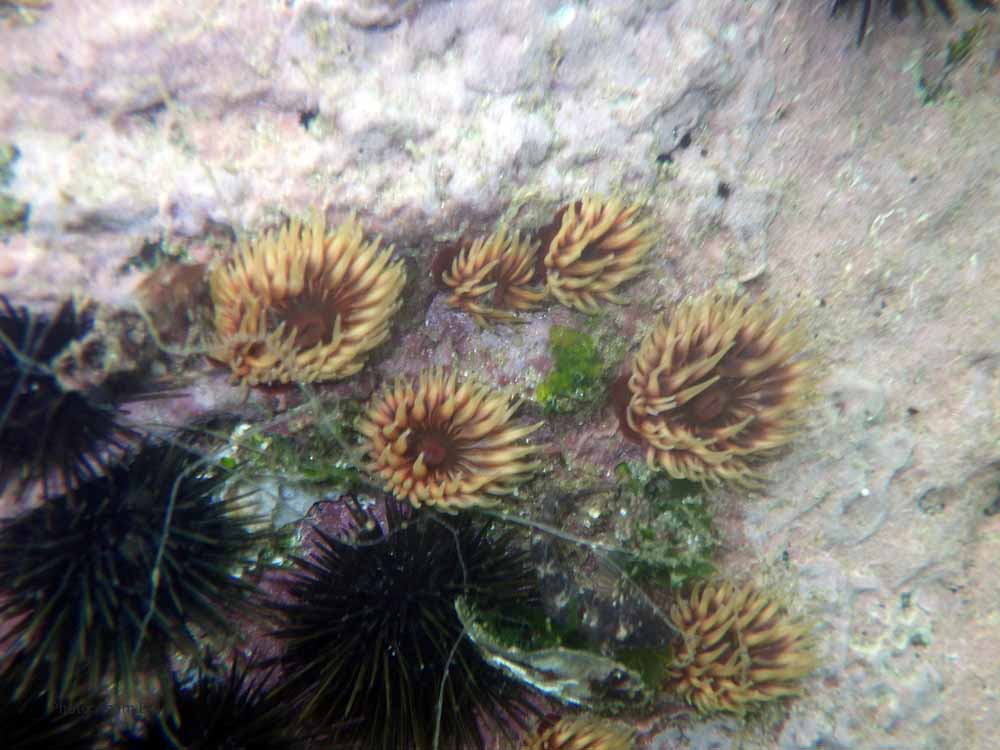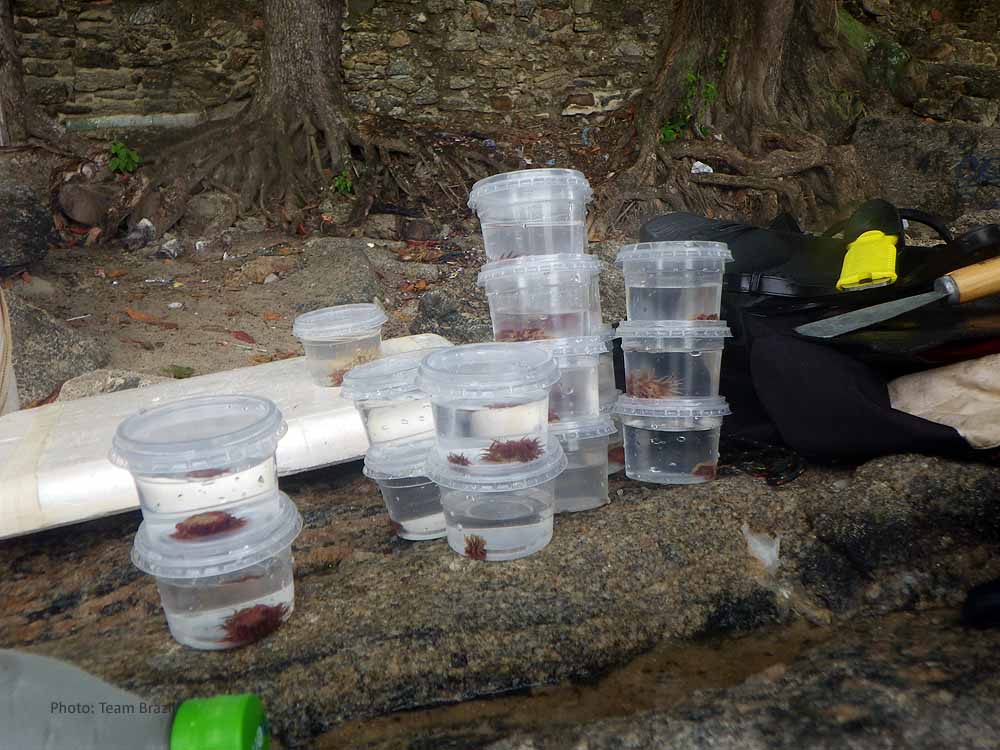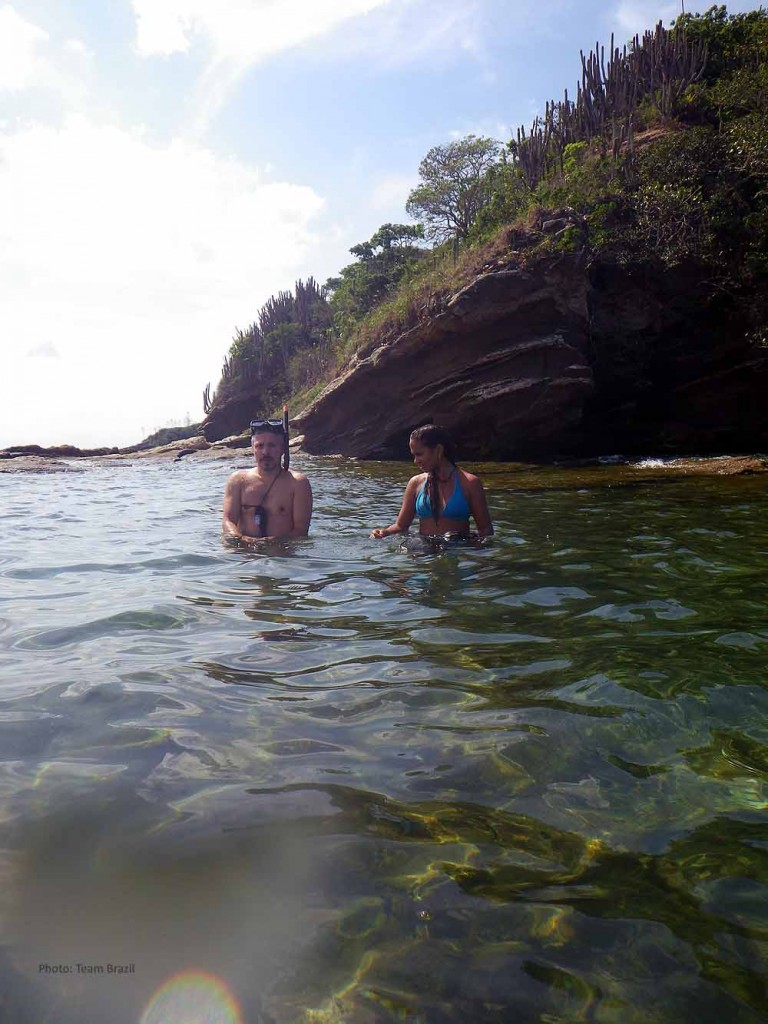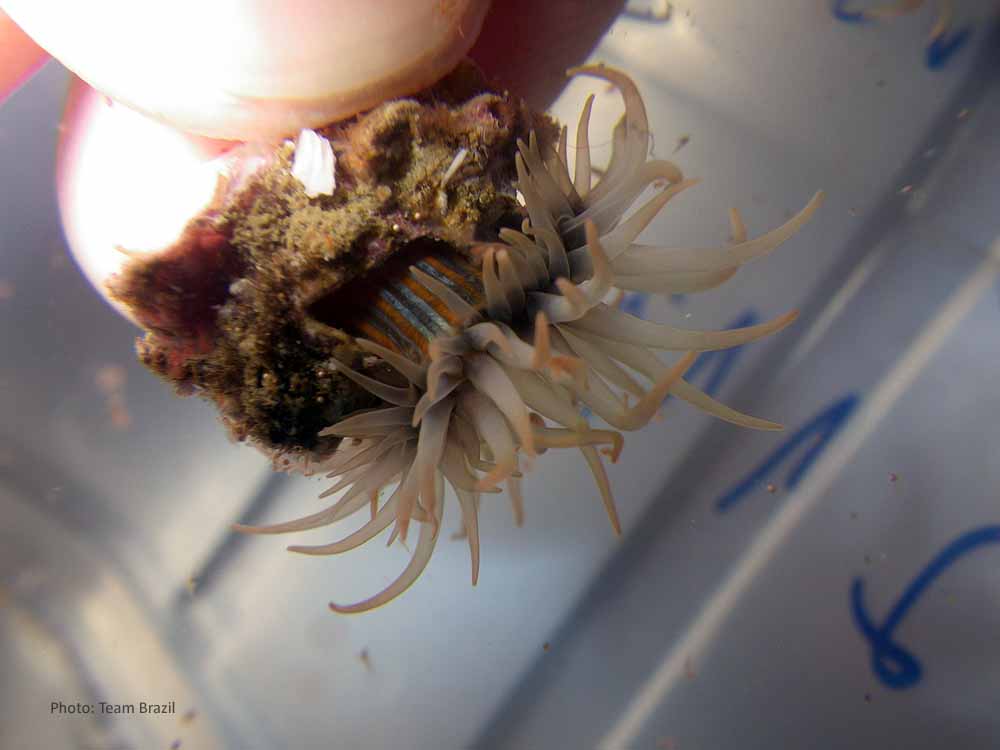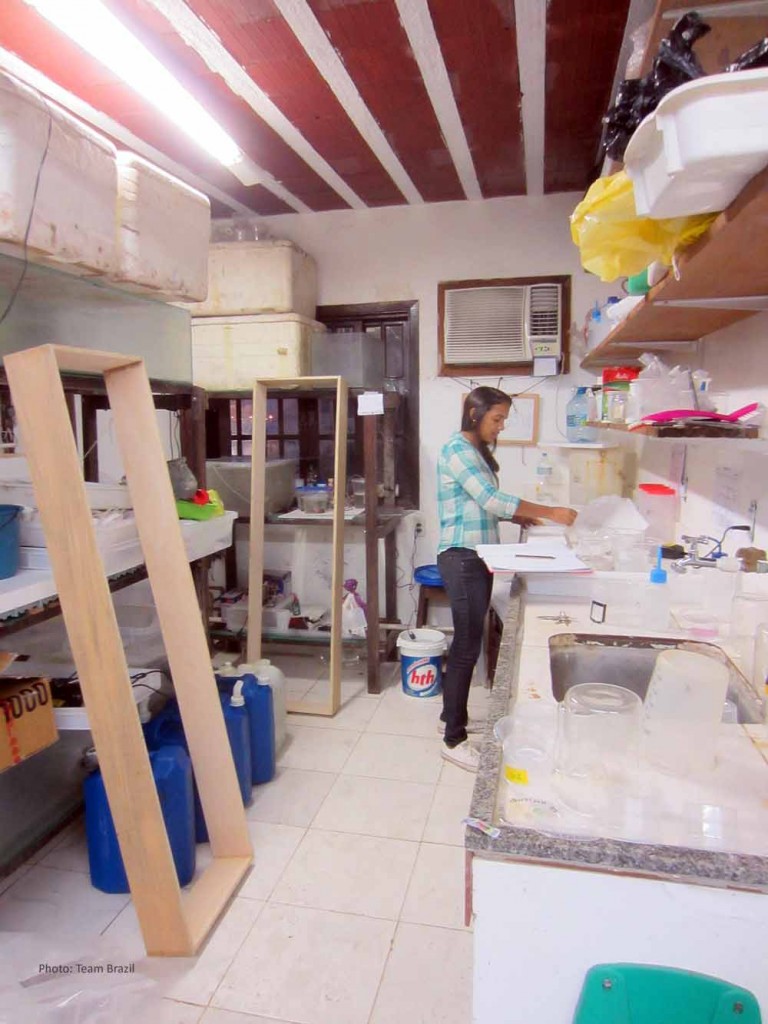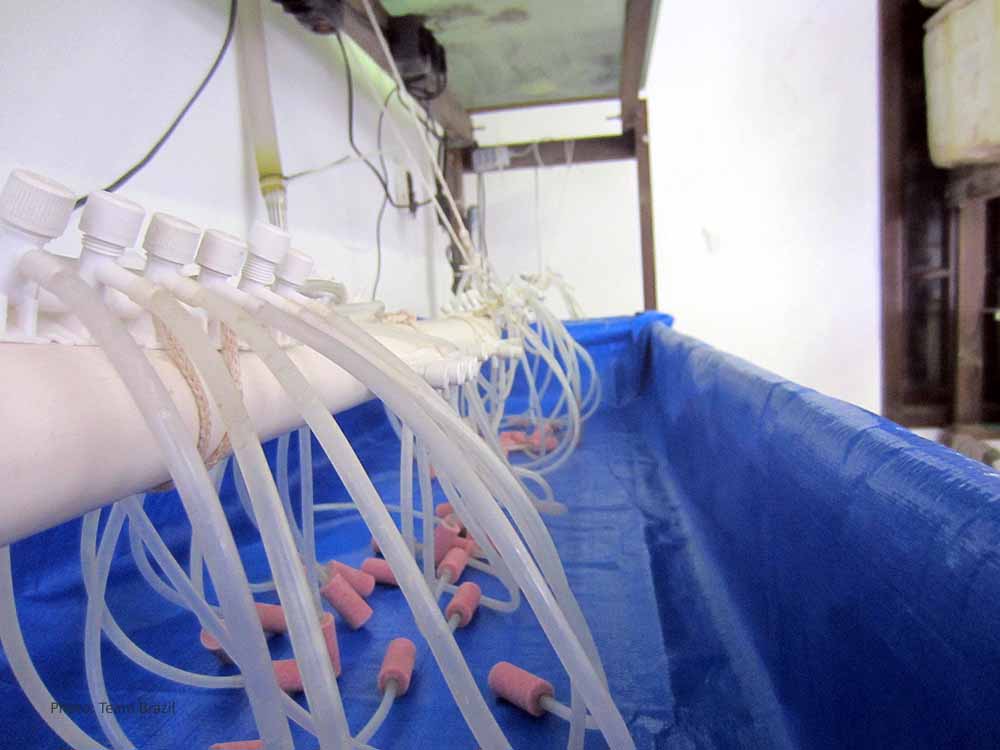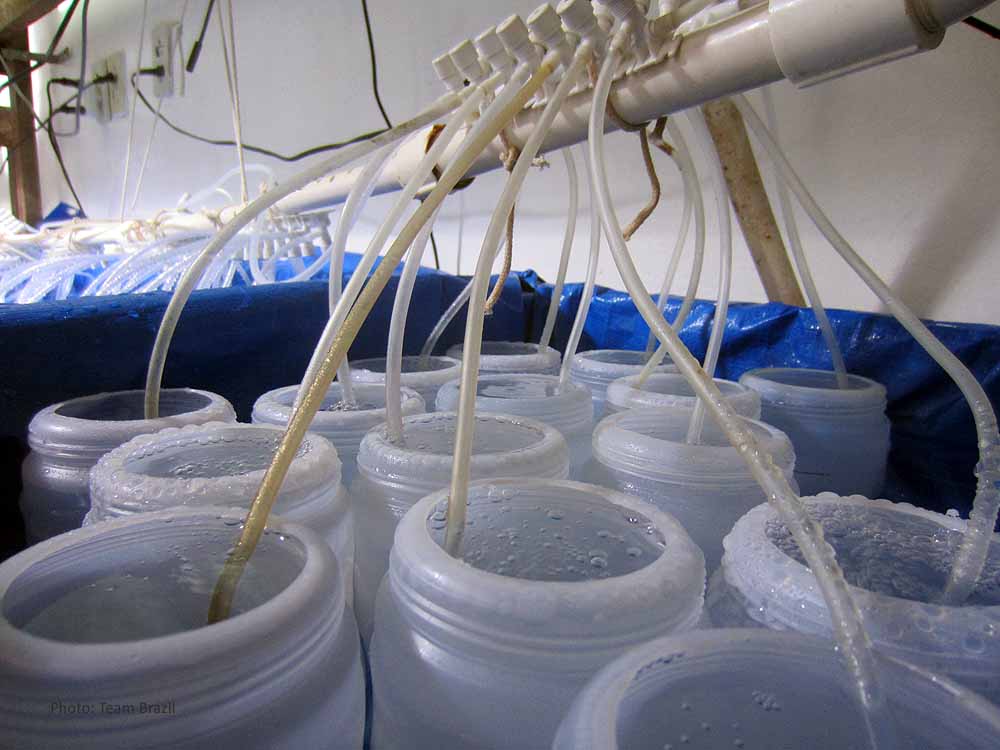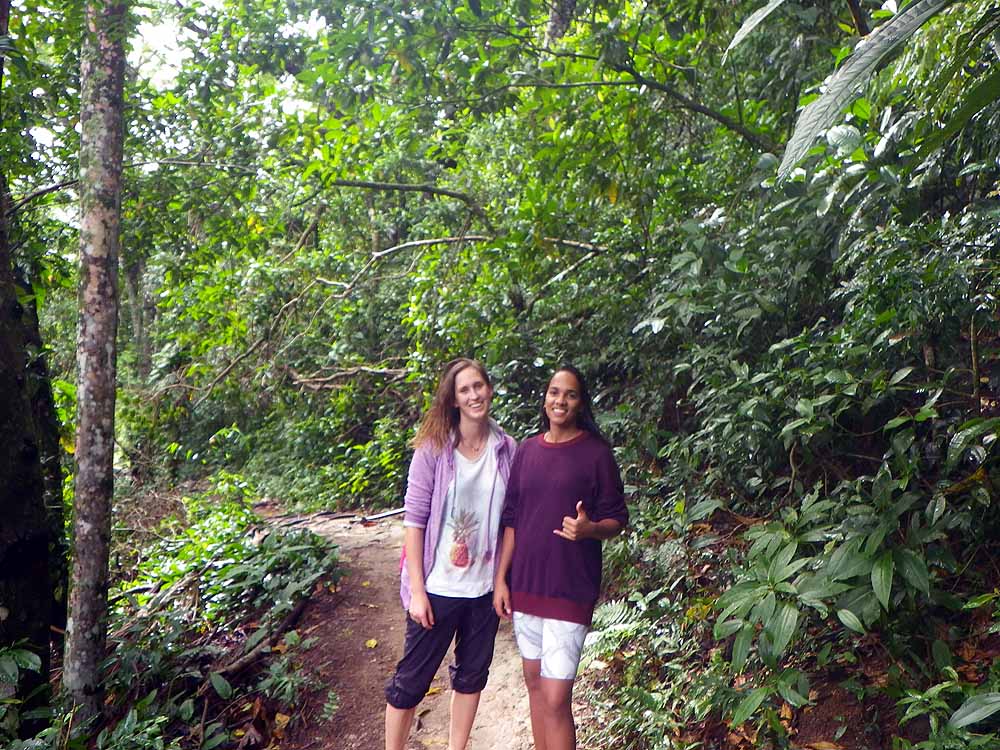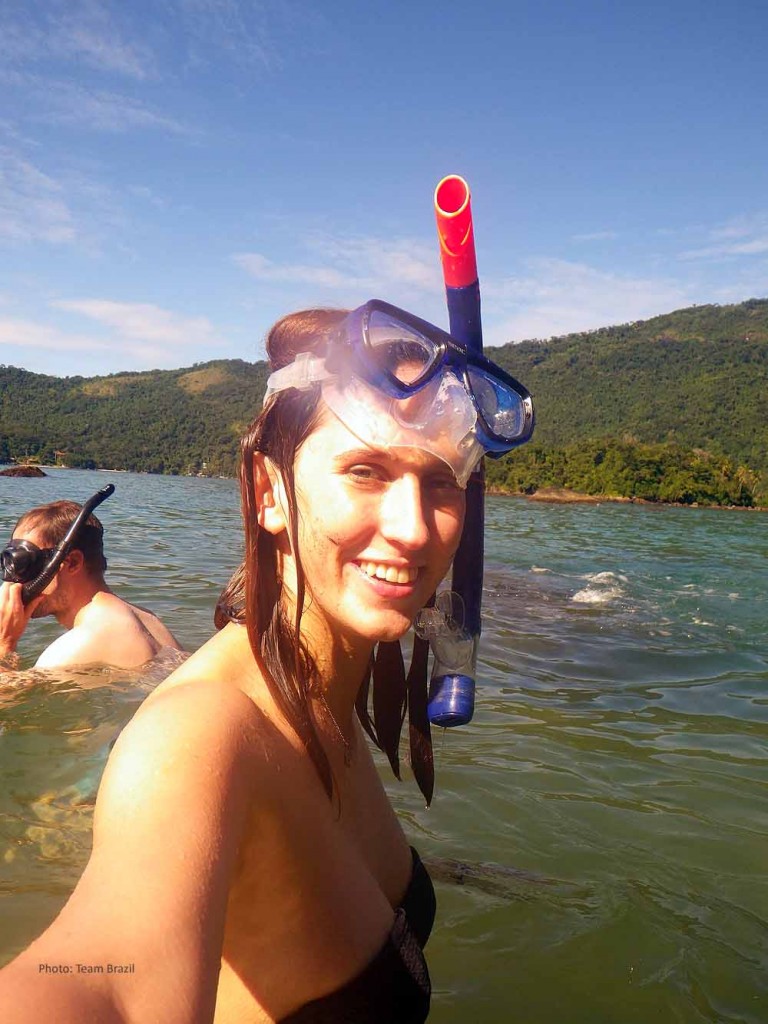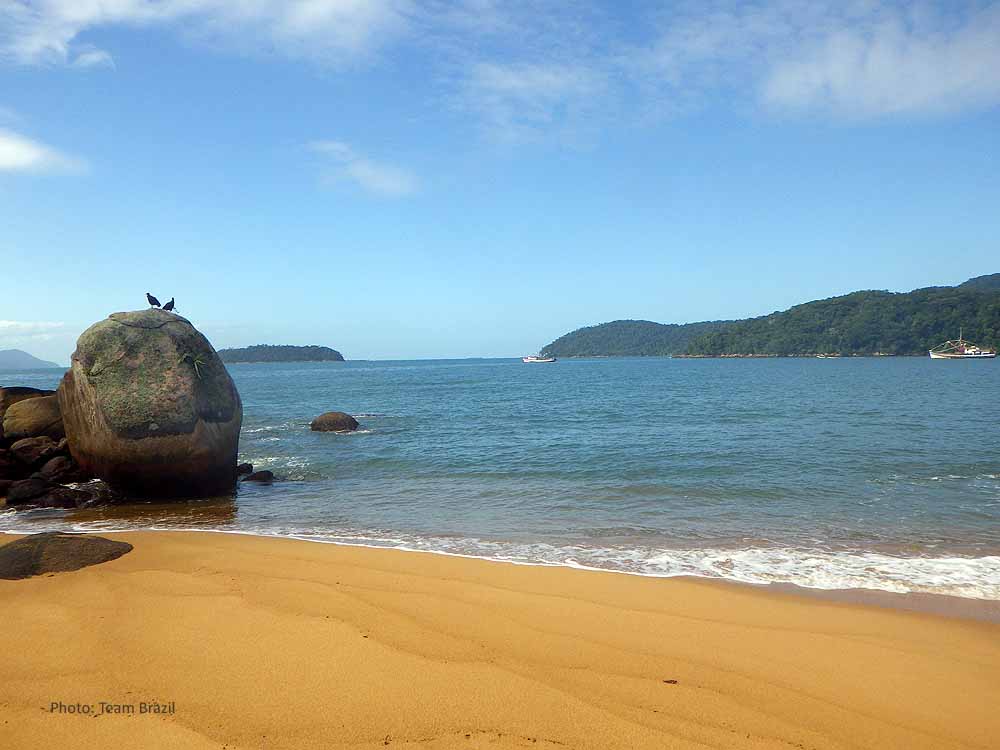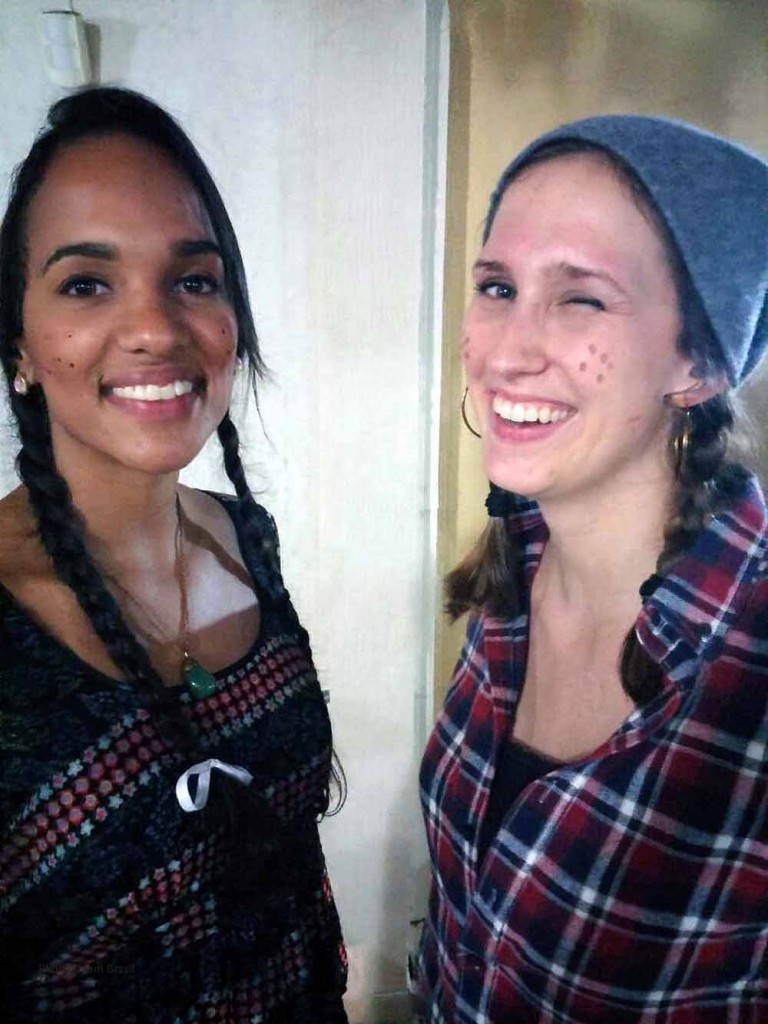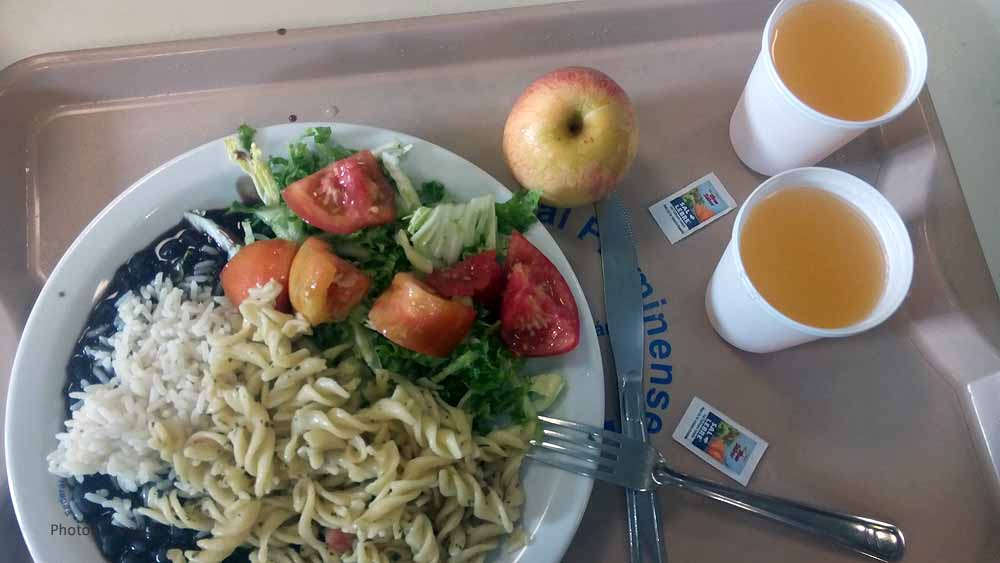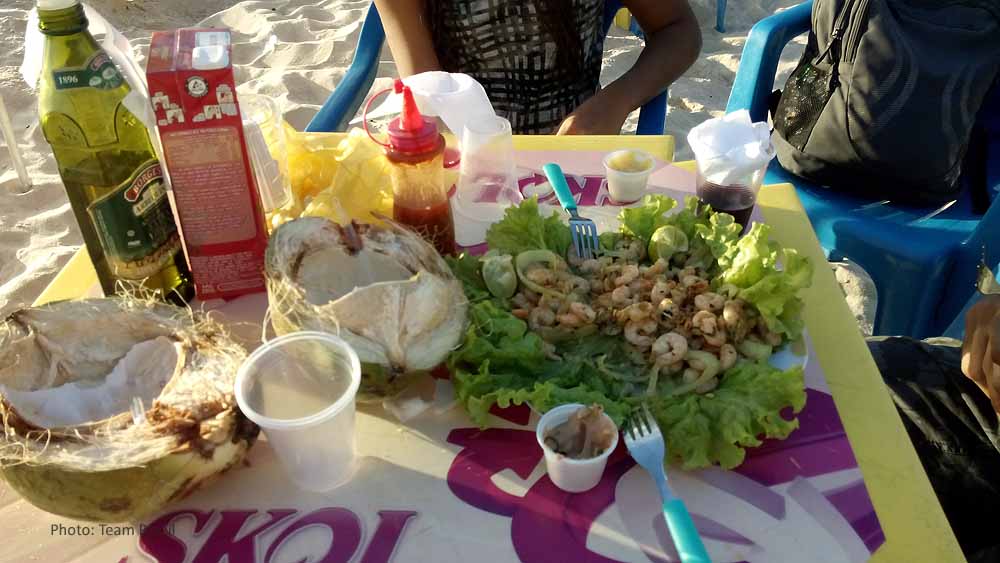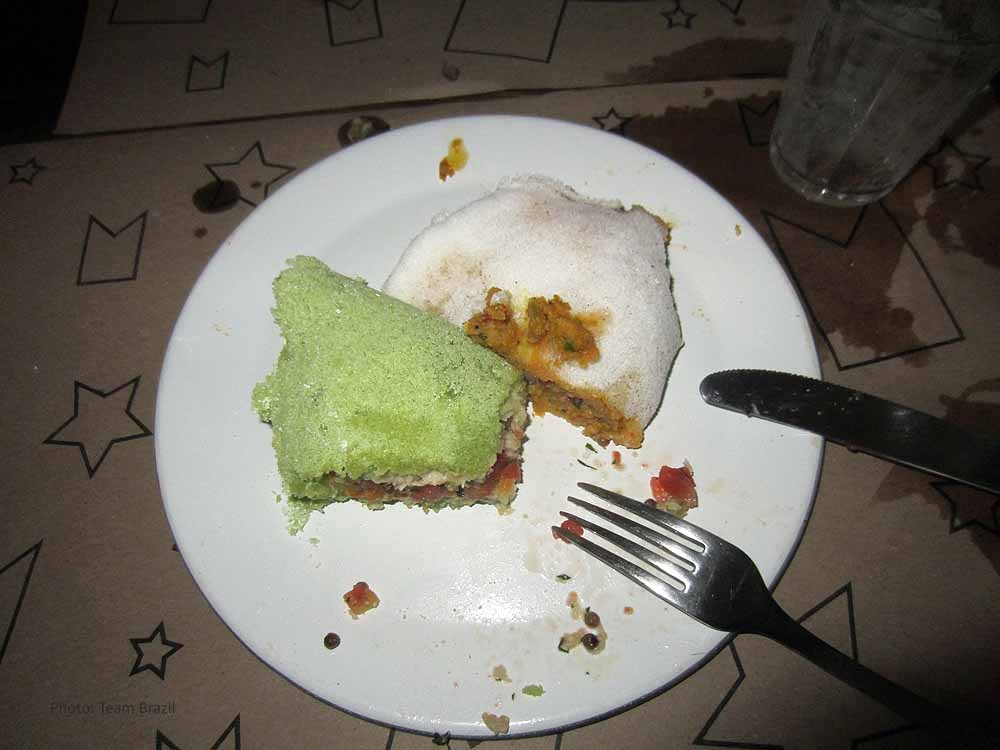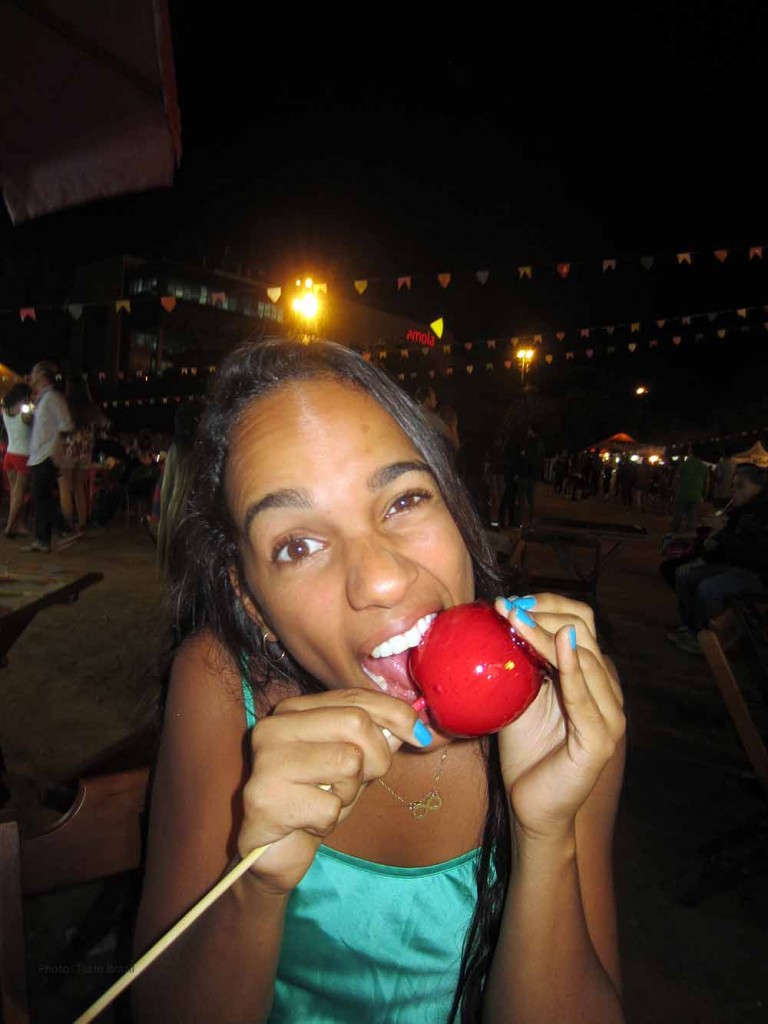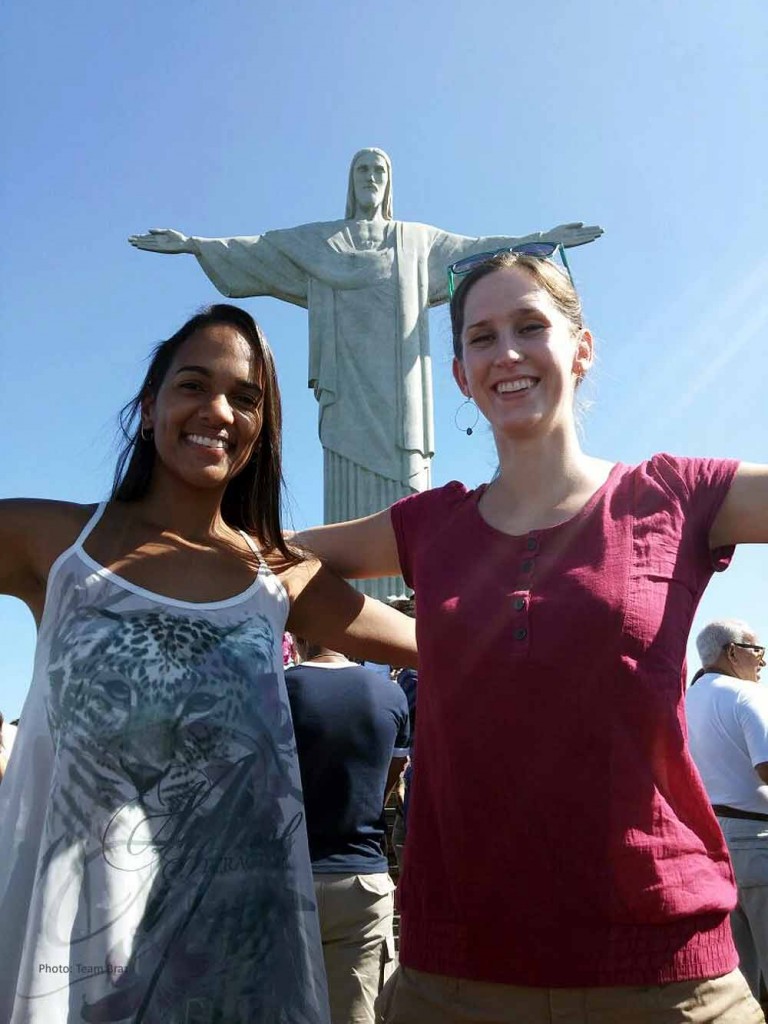To do list:
– cleaning and organizing the Lab … check
– organizing and building equipment … check
– collecting animals … check
– building pilot study set up … check
– doing pilot study … check
– building main study set up … check
– becoming friends … check
– finishing main study…
– going back to Kiel…
So far, so good! It is already September and time is running quickly, but when we look back it seems that we have achieved a lot. Behind us lie five months of work –and it was a lot of work- and fun – and it was a lot of fun. However, even though we are based in South America, it seems that our daily life and also our routines were not so different from those of the other GAME teams around the world.
After having inspected our new home – the lab – in April, we realized that we have to clean it a lot before we would be able to use it for our experiments. Furthermore, we needed to reorganize almost everything in it – pretty much like the other teams needed to do as well. Then we started to collect our study organisms.
Itaipu
We collected our test animals at two different places. One of these places is really close to the laboratory – around 40 minutes by car or 1:30 by bus. It is called Itaipu. This is also the site, where we gather sea water for the aquaria that we use in the laboratory. During the whole time of our experiment, we had to go there for collecting sea water – about 400 liters every third week. Itaipu is a beautiful sand beach with some rocks at one end. The name Itaipu was given to it by the natives and means big rock or big stone.
Here, we found a lot of cool stuff like a big sea horse, a huge sea spider and we had turtles swimming around us, while we looked for one of our babies: the sea anemone Anemonia sargassensis. We snorkeled during low tide and scraped the anemones off the rocks with knives. In the beginning it was a little bit hard to spot the animals, but after one hour of searching and collecting you realize that they are everywhere.
Buzios
The other place where we collected sea anemones was Buzios. There we had to go by car and this is a ride of about three hours. Buzios is a beautiful peninsula, which is famous as a holiday destination (especially for Argentines) and as a site for scuba diving. When we arrived there, all we wanted was to stay forever, but then reality caught us: Our mission was to find an appropriate second sea anemone species, but even within 1-2 hours in the water we did not find any suitable animal. The water is freezing cool at this time of the year: Around 21-22 °C, but the perceived temperature was like minus something. However, rather than giving up, we tried our luck at another beach in Búzios, which has fewer tourists but more fishing and pleasure boats. We looked under almost every stone there, hoping to find a second species for our experiment. Finally, when our resources were at their end and we were chilled to the bone, we gave up and swam back to land. BUT, on the way back, when we passed by many boats and buoys – which we of course all had checked earlier – Carolina suddenly gave a signal that she might have found something interesting on one of the buoys. What a relieve! Bernardo, our super supervisor, scraped off as many of the anemones as possible. Back on land, we already had the suspect that it might be Haliplanella– the species which we initially planned to use for the experiments. And it was Haliplanella, like a specialist from Rio confirmed a few weeks later.
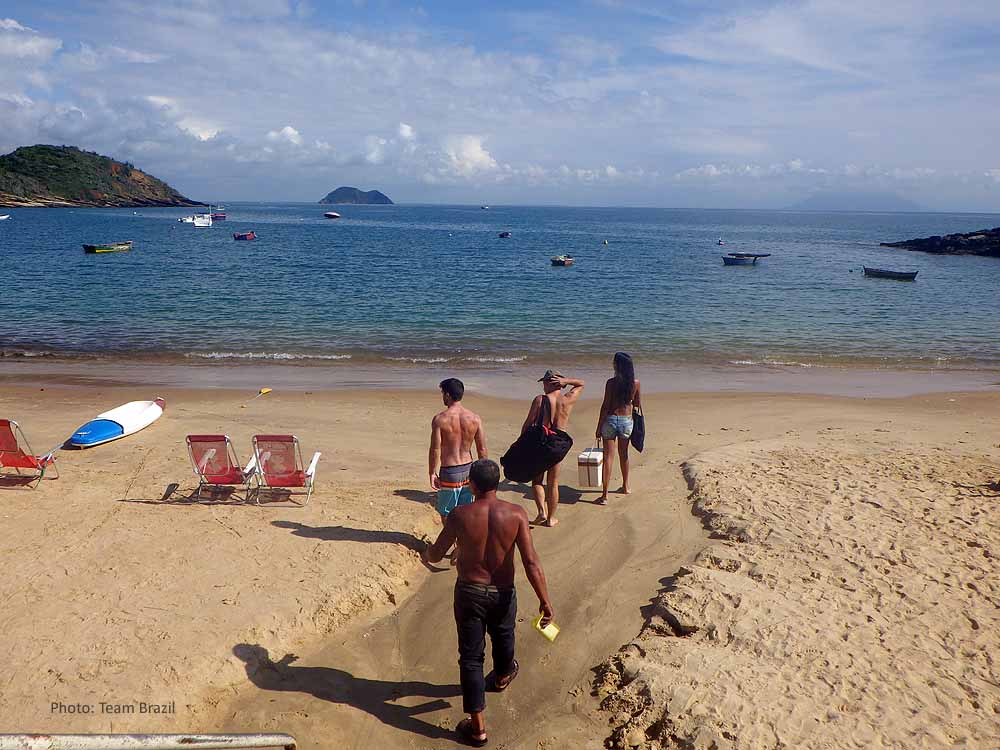
Arrival of Team Brazil in Buzios with our three helpers: Ecidney the driver, Bernardo the supervisor and Erwan the co-supervisor.
The lab, shopping & constructing
After having collected the anemones, we had to build the set up for the pilot study and, after having accomplished this, the set up for our main study. We also had to buy a lot new equipment like pumps, tubes, aeration stones, water bathes, water quality test kits,……. and …. and …… and ….
In the beginning, it was very difficult for us to find the right shop for the right things and we were running up and down the city of Niteroi. But after a while we became true shopping specialists. You need to be aware that in Niterói we do not have something like a DIY store – a big shop where you can find all sorts of tools and materials. No, here we have many little shops. One shop sells plastic materials, another sells wires and metal ware, another sells decoration objects for parties and Styrofoam, ….. But now we know where to find the good stuff…. I mean the cheap equipment.
By this, we learned how to be flexible and creative. However, after the pilot study, we needed to have much bigger water bathes to place the aquaria in that we use for the experiments. We knew, we wouldn’t find the right size in any of the shops – so we build them by ourselves. The walls were made from wood by Carolina’s Dad and the rest: the wall covering with styrofoam, the plastic foil and the bottom were made by Carolina & Anna using glue, hammer and nails.
What makes anemones happy?
By now we have already learned a lot about our anemones and we know what we have to do to keep them happy (= habitus state 4). The first thing they love is fresh salt water. They like a salinity of 35 ‰ the most, but they also tolerate when it goes a little up J. But salinity is not everything: for instance, they do not like it if the NO2, NO3 or NH3 level in the water is too high.
So, to keep them happy, we are checking the water quality frequently. In our recirculating water systems, we have many different filters to clean the used water. Sadly, we do not have a flow-through system that would bring in sea water from the ocean constantly, because our lab is too far from the coast. But even with the renewed water, we need to change all the water from the jars every second day and half of the water the others days manually. This is because we need to get rid of the egesta of the anemones and clean the walls of the jars with a sponge. Then we filter the used water with a plankton mesh and return it our recirculating water systems.
The other thing they like is food. They love freshly harvested, three day old Artemia. So we provide 1ml of delicious Artemia for each anemone individual every day. Furthermore, they also need to get a sufficient amount of O2, so aeration is very important. When keeping sea anemones – never forget about the aeration!
The last point is the target temperature, they do not like if this changes suddenly. So, we take care to maintain the right temperature: not one degree more and not one degree less. And we are also convinced that they like it, if we talk to them.
What makes Team Brazil happy?Ilha Grande!
Besides of all the work, every now and then we find some time to do great stuff together like exploring the Ilha Grande. This is an island in the state of Rio de Janeiro with a big national park on that features an Atlantic rain forest area and many breath taking beaches. On this island, you can’t find any car, only boots and nature. We were very lucky to have the opportunity to stay there for one relaxing weekend.
Food and culture
For to be able to do all this hard work and exhausting excursions, we need a lot of energy and for this we have some really delicious food here in Brazil J.
However, the food is not only delicious but also very special and Anna explored many things like: beans (she loves this soo much…. more or less) and maracujá, paçoca, açai, churros, farofa, tapioca, chuchu and caju. In Brazil, you can find much more sorts of fruits and vegetables than in Germany. If you want to learn more about fruits and vegetables in Brazil: https://www.youtube.com/watch?v=kfinwr3A9fg).
We also went to some food festivals, where you can eat a lot of different things like burgers, some special cakes, French frites, crepes, fruits, red beer and more. This festival was located near a Niermayer building. Niermayer is one of the most famous Brazilian architects.
Another nice festival here in Brazil is the June Party. All the festival that happened in this month are called June party. Actually, they have “June Parties” not only in June, but also in July, August and may be also in September. However, it is the same kind of party even when it takes place in other months. For this event, people are wearing funny cloth like the farmers did in former times and you eat a lot of corn, corn cake, corn sweet cream, corn soup, corn drink…
Finally, another very important thing is the condensed milk! Almost every cake and many sweets here in Brazil have condensed milk. It´s really nice!
Thanks for reading our blog!
And cheers from the ANEMONE GIRLS of Brazil
